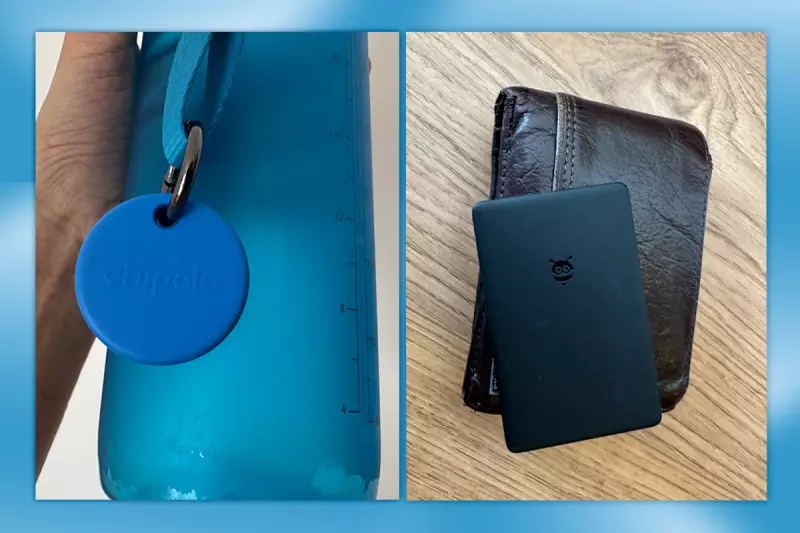
Google has officially stepped into the tracking device market with its own Android-compatible alternative to Apple's AirTag. This sleek new gadget promises to help users locate misplaced keys, wallets, and other essentials with pinpoint accuracy.
How Does It Work?
Much like its Apple counterpart, Google's tracker connects to a vast network of Android devices via Bluetooth. When an item goes missing, the tracker's last known location is updated through nearby Android smartphones, providing real-time tracking data.
Key Features:
- Compact, lightweight design
- Long battery life
- Precision finding with ultra-wideband (UWB) technology
- Seamless integration with Google's Find My Device network
Why This Matters
With over 3 billion active Android devices worldwide, Google's tracker could offer superior coverage compared to Apple's AirTag, which relies on a smaller network of iOS devices. This innovation marks a significant step forward in the battle against lost belongings.
Privacy Considerations
Google has emphasised its commitment to user privacy, implementing features to prevent unwanted tracking. The company assures users that location data is encrypted and that the system includes alerts for potential stalking attempts.
While pricing and availability details remain under wraps, industry experts predict the tracker could hit shelves by early 2025, potentially reshaping the smart tracking market.





